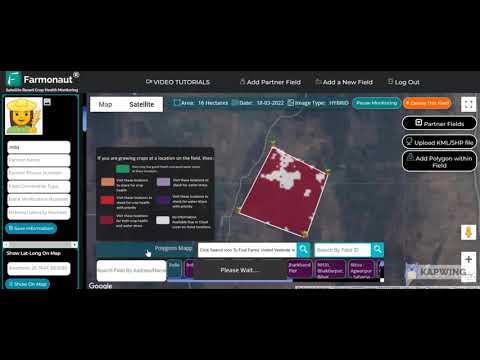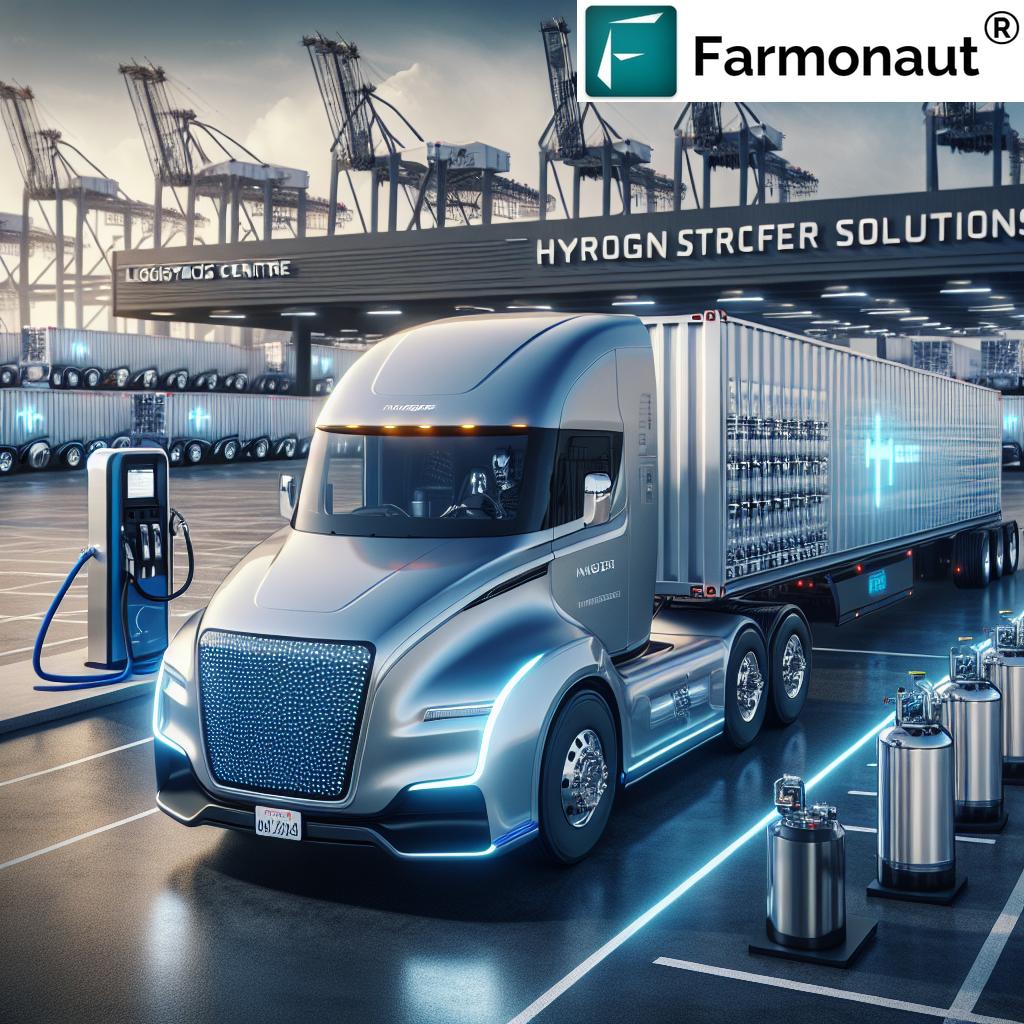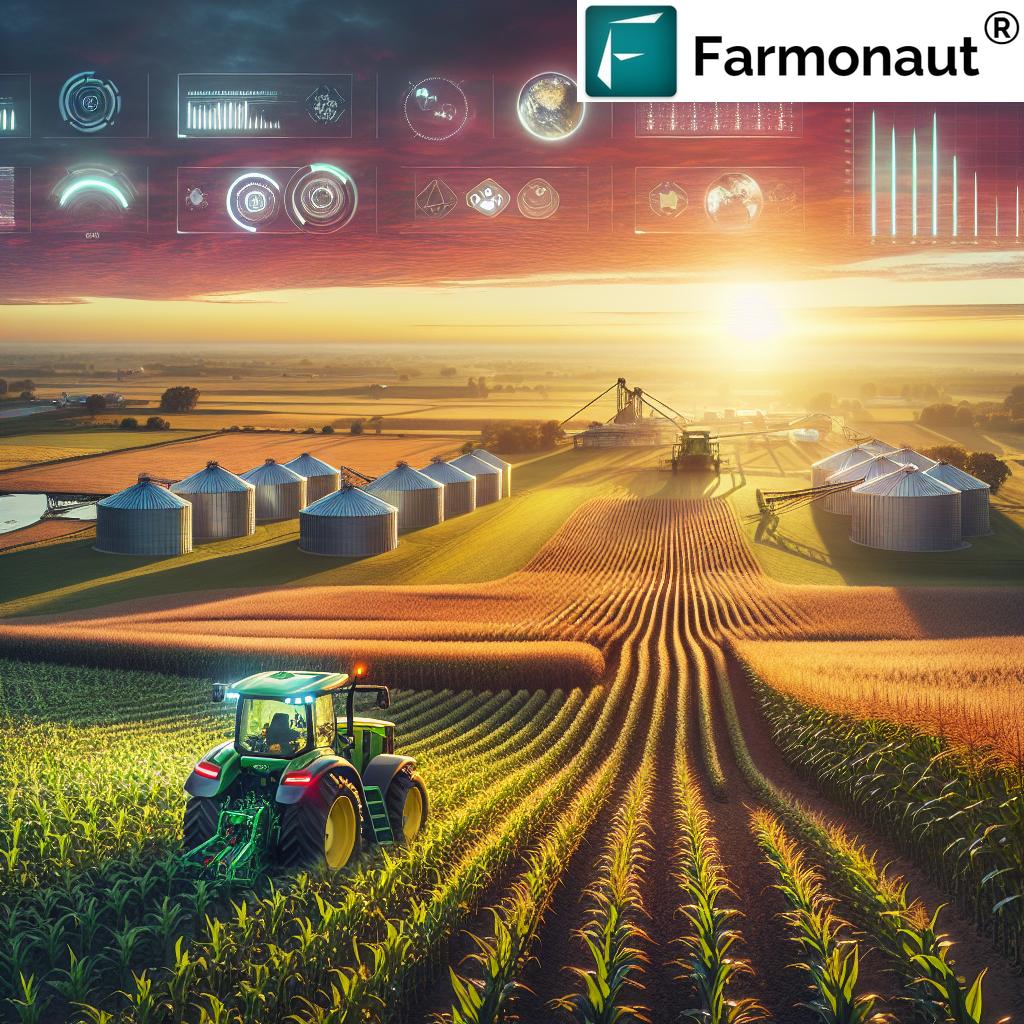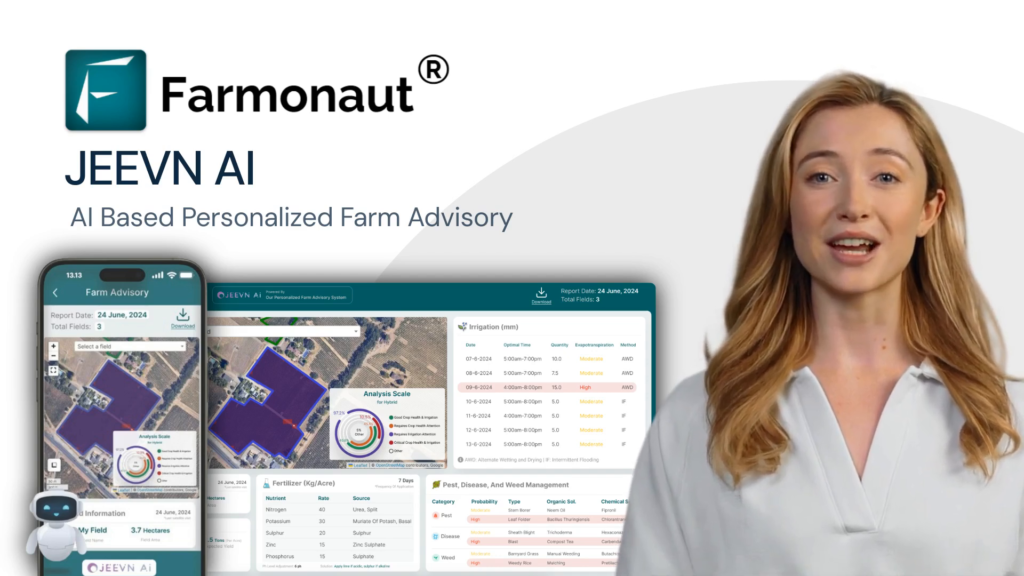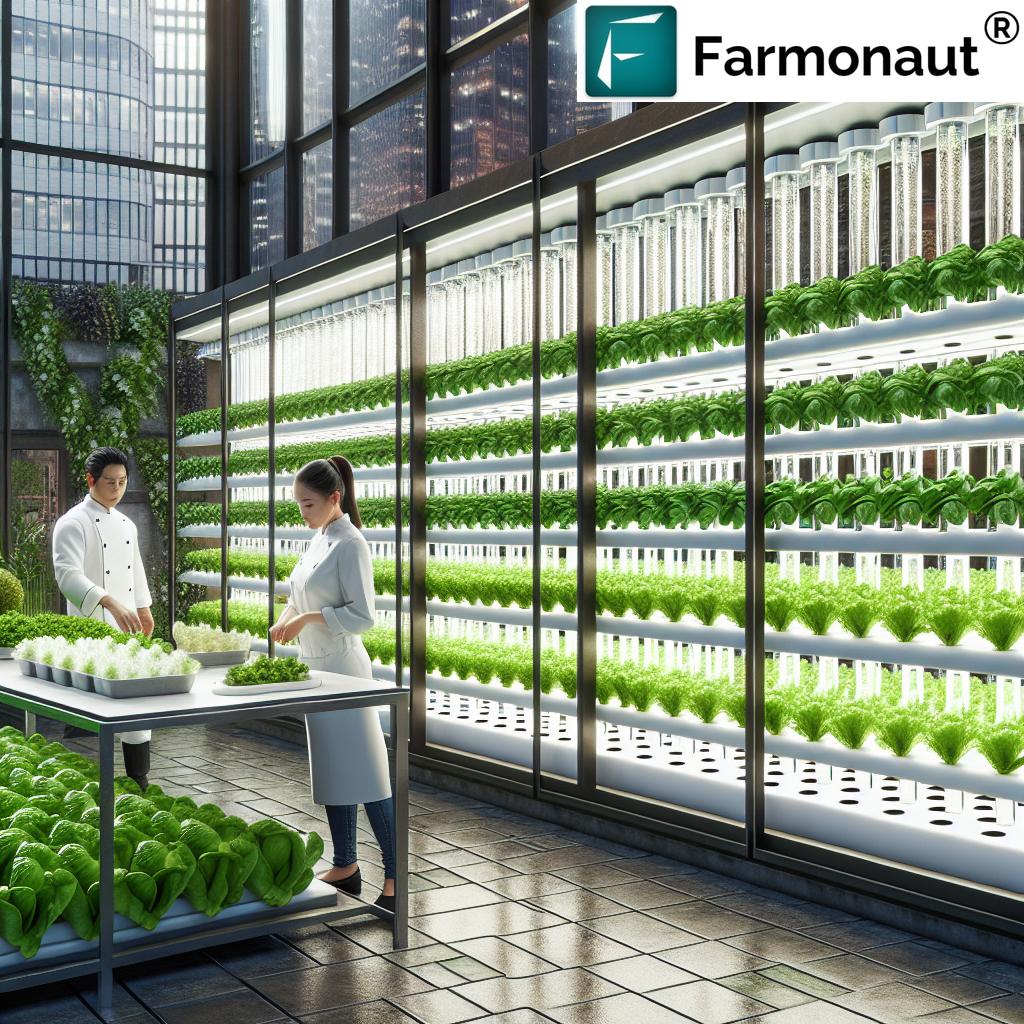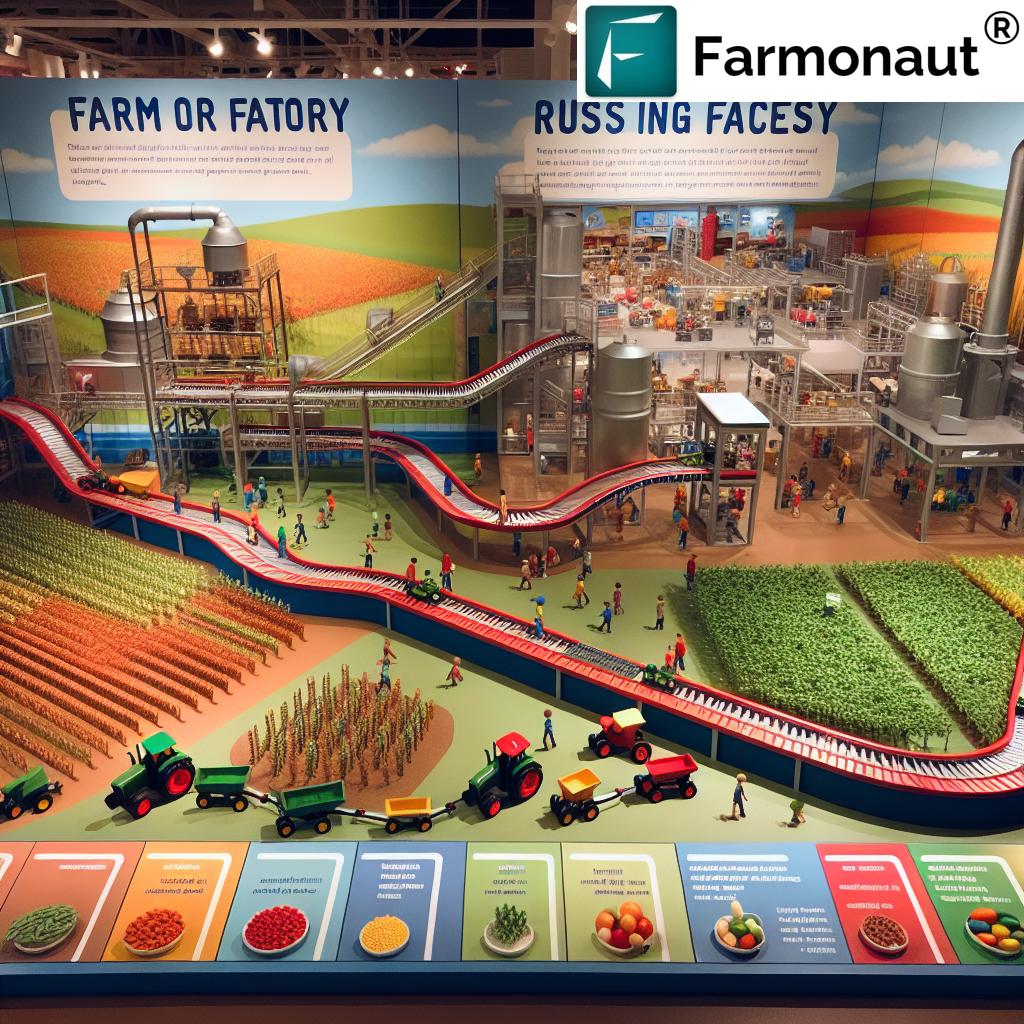Mastering Forage Management: Iowa’s Smart Farming Strategies for Optimizing Hay Production and Crop Yields
“Iowa’s pasture base decreased by 21% from 2007 to 2012, highlighting challenges in forage management.”
Welcome to our comprehensive guide on mastering forage management and optimizing hay production in Iowa. As we delve into the world of smart farming strategies, we’ll explore the challenges and innovations shaping the agricultural landscape in the Hawkeye State and beyond. From rising grain prices to technological advancements, we’ll cover it all, providing you with valuable insights to enhance your farming practices.

The Changing Landscape of Forage Management in Iowa
In recent years, Iowa’s agricultural sector has faced significant challenges in forage management and hay production. The state’s pasture base saw a dramatic 21% decrease from 2007 to 2012, a trend that has continued to impact farmers and livestock producers. This decline can be attributed to several factors, including:
- Rising grain prices
- Increased urbanization
- Shifts in land use patterns
- Climate change impacts
As a result, Iowa farmers have had to adapt their strategies to maintain profitability and sustainability in forage production. Let’s explore some of the key challenges and solutions shaping the industry.
The Impact of Rising Grain Prices on Pasture Availability
One of the most significant factors affecting forage management in Iowa has been the fluctuation in grain prices. As corn and soybean prices have risen, many farmers have opted to convert pastureland into row crop production. This shift has led to:
- Reduced availability of grazing land
- Increased pressure on existing pastures
- Higher costs for hay and forage production
To address these challenges, Iowa farmers have been exploring innovative approaches to maximize forage production on smaller land areas. This includes implementing intensive rotational grazing systems and utilizing cover crops to extend the grazing season.
Fertilizer Volatilization: A Growing Concern for Grass Yields
Another significant challenge facing Iowa farmers is the issue of fertilizer volatilization, particularly with urea-based fertilizers. Volatilization occurs when nitrogen from fertilizers is lost to the atmosphere as ammonia gas, reducing the amount available for plant uptake. This process can lead to:
- Decreased grass yields
- Inefficient use of fertilizers
- Increased production costs
- Environmental concerns
To combat these issues, farmers are turning to precision agriculture technologies and smart farming solutions. By leveraging data-driven insights and real-time monitoring, they can optimize fertilizer application and minimize losses due to volatilization.
The Rise of Precision Agriculture in Forage Management
As we navigate the challenges of modern forage management, precision agriculture has emerged as a game-changer for Iowa farmers. By harnessing the power of technology, farmers can make more informed decisions and optimize their operations. Some key benefits of precision agriculture in forage management include:
- Improved crop health monitoring
- Optimized fertilizer and water usage
- Enhanced pest and disease management
- Increased overall farm efficiency
One company at the forefront of this technological revolution is Farmonaut. Their innovative platform offers a range of tools designed to help farmers maximize their forage production and crop yields.
With Farmonaut’s satellite-based crop health monitoring system, farmers can gain valuable insights into their fields’ conditions, allowing for timely interventions and optimized resource allocation. This technology is particularly useful for managing large-scale forage operations and ensuring consistent hay quality across multiple fields.
Optimizing Hay Production and Storage
Efficient hay production and storage are crucial elements of successful forage management. In Iowa, where weather conditions can be unpredictable, farmers must employ smart strategies to maximize their hay yields and maintain quality. Some key considerations include:
- Timing of harvest
- Proper drying techniques
- Effective baling methods
- Optimal storage conditions
By leveraging precision agriculture technologies, farmers can make data-driven decisions about when to cut, bale, and store their hay. This approach helps minimize losses due to weather damage and ensures the highest possible nutritional value for livestock feed.
The Economic Impact of Hay Production in Iowa
The importance of hay production in Iowa’s agricultural economy cannot be overstated. As a crucial feed source for livestock, hay plays a vital role in supporting the state’s dairy and beef industries. However, fluctuations in hay prices can have significant impacts on farm profitability.
“California’s alfalfa hay costs exceeded $300 per ton in 2014, demonstrating economic pressures on dairy operations.”
While this example refers to California, it illustrates the potential economic challenges faced by hay producers and consumers across the country, including in Iowa. To navigate these market fluctuations, farmers are increasingly turning to data-driven solutions to optimize their production and marketing strategies.

Sustainable Farming Practices in Forage Management
As the agricultural industry faces increasing pressure to reduce its environmental impact, sustainable farming practices have become a top priority for Iowa farmers. In the context of forage management, this includes:
- Implementing soil conservation techniques
- Reducing chemical inputs through precision application
- Utilizing cover crops to improve soil health
- Adopting water-efficient irrigation systems
By embracing these sustainable practices, farmers can not only reduce their environmental footprint but also improve the long-term productivity and resilience of their forage operations.
Leveraging Technology for Improved Forage Management
In today’s digital age, technology plays a crucial role in enhancing forage management practices. From smartphone apps to satellite imagery, farmers have access to a wide range of tools to optimize their operations. Some key technological advancements include:
- Remote sensing for crop health monitoring
- AI-powered advisory systems for farm management
- Blockchain-based traceability solutions
- Precision application equipment for fertilizers and pesticides
Farmonaut’s suite of smart farming solutions exemplifies how technology can revolutionize forage management. Their platform integrates satellite imagery, AI, and machine learning to provide farmers with actionable insights for improving crop yields and resource efficiency.
Explore Farmonaut’s API for advanced agricultural data analysis
Addressing Pest Challenges in Forage Crops
Pest management is a critical aspect of successful forage production. In recent years, Iowa farmers have faced new challenges, such as the threat of sugarcane aphids to sorghum crops. These pests can cause significant damage to forage sorghum, leading to reduced yields and quality. To combat this and other pest issues, farmers are adopting integrated pest management (IPM) strategies, which include:
- Regular field scouting and monitoring
- Use of resistant crop varieties
- Biological control methods
- Targeted and timely application of pesticides
By combining these approaches with precision agriculture technologies, farmers can detect pest infestations early and implement effective control measures, minimizing crop losses and reducing reliance on chemical interventions.
The Role of Weather Forecasting in Forage Management
Accurate weather forecasting is essential for successful forage management, particularly when it comes to hay production. Timely information about precipitation, temperature, and wind patterns can help farmers make critical decisions about:
- When to cut hay
- Optimal drying conditions
- Timing of baling operations
- Irrigation scheduling
Advanced weather forecasting tools, such as those integrated into Farmonaut’s platform, provide farmers with hyperlocal, real-time weather data to inform their decision-making processes.
Learn more about Farmonaut’s API Developer Docs for weather data integration
Diversifying Forage Crops for Improved Resilience
To enhance the resilience of their forage production systems, many Iowa farmers are exploring crop diversification strategies. By incorporating a variety of forage crops into their rotations, farmers can:
- Spread risk across different crop types
- Improve soil health through varied root systems
- Extend the grazing season
- Enhance overall farm biodiversity
Some popular forage crops for diversification in Iowa include:
- Alfalfa
- Red clover
- Orchardgrass
- Tall fescue
- Annual ryegrass
By carefully selecting a mix of these crops based on local conditions and farm needs, farmers can create more robust and sustainable forage systems.
The Impact of Climate Change on Forage Management
Climate change presents both challenges and opportunities for forage management in Iowa. As weather patterns become more unpredictable, farmers must adapt their strategies to ensure consistent production. Some key considerations include:
- Shifting planting and harvesting dates
- Selecting drought-tolerant forage varieties
- Implementing water conservation measures
- Managing increased pest and disease pressures
By leveraging precision agriculture technologies and data-driven insights, farmers can better navigate these climate-related challenges and maintain productive forage systems in the face of changing environmental conditions.
The Future of Forage Management in Iowa
As we look to the future of forage management in Iowa, several trends and innovations are likely to shape the industry:
- Increased adoption of precision agriculture technologies
- Development of climate-resilient forage varieties
- Integration of artificial intelligence in farm management
- Enhanced focus on sustainable and regenerative farming practices
By staying informed about these developments and embracing new technologies, Iowa farmers can position themselves for success in an ever-evolving agricultural landscape.
Embracing Smart Farming Solutions with Farmonaut
As we’ve explored throughout this article, the challenges facing forage management in Iowa are complex and multifaceted. However, with the right tools and strategies, farmers can overcome these obstacles and optimize their operations for long-term success.
Farmonaut’s smart farming solutions offer a comprehensive approach to addressing many of the challenges we’ve discussed. By leveraging satellite imagery, AI, and advanced data analytics, Farmonaut provides farmers with the insights they need to make informed decisions about their forage management practices.
Whether you’re looking to optimize your hay production, improve your pasture management, or enhance your overall farm efficiency, Farmonaut’s platform offers valuable tools to support your goals.
Iowa Forage Management Trends and Impacts
| Year | Pasture Base (% change) | Hay Price ($/ton) | Fertilizer Volatilization Impact (% yield loss) | Technology Adoption (% of farmers) |
|---|---|---|---|---|
| 2007 | 0% | 120 | 5% | 10% |
| 2012 | -21% | 185 | 7% | 25% |
| 2017 | -25% | 150 | 8% | 45% |
| 2022 | -28% | 210 | 6% | 65% |
This table illustrates the significant changes in Iowa’s forage management landscape over the past 15 years. We can observe the steady decline in pasture availability, fluctuations in hay prices, the ongoing challenge of fertilizer volatilization, and the rapid adoption of precision agriculture technologies among farmers.
Conclusion
Mastering forage management in Iowa requires a combination of traditional farming knowledge and cutting-edge technology. By embracing smart farming strategies, optimizing hay production techniques, and leveraging precision agriculture tools, Iowa farmers can overcome the challenges they face and build more resilient, productive, and sustainable farming operations.
As we move forward, the integration of advanced technologies like those offered by Farmonaut will play an increasingly important role in shaping the future of forage management. By staying informed about industry trends, adopting innovative practices, and utilizing data-driven insights, Iowa farmers can continue to lead the way in agricultural excellence.
FAQs
- What are the main challenges facing forage management in Iowa?
The main challenges include declining pasture availability, fluctuating hay prices, fertilizer volatilization issues, and adapting to climate change impacts. - How can precision agriculture technology improve forage management?
Precision agriculture technology can optimize resource use, improve crop health monitoring, enhance pest management, and provide data-driven insights for decision-making. - What are some sustainable farming practices for forage management?
Sustainable practices include implementing soil conservation techniques, reducing chemical inputs, utilizing cover crops, and adopting water-efficient irrigation systems. - How does Farmonaut’s platform support forage management?
Farmonaut offers satellite-based crop health monitoring, AI-powered advisory systems, and data analytics tools to help farmers optimize their forage production and resource management. - What are some strategies for diversifying forage crops in Iowa?
Strategies include incorporating a mix of crops such as alfalfa, red clover, orchardgrass, tall fescue, and annual ryegrass into rotations to improve resilience and soil health.




